Originally published on Aviyel
Want to contribute to open-source projects but don't know how?
This article lists the many ways you can contribute without coding. While this list might not be very comprehensive, here’s what made the cut:
Advocate
Advocators serve as the bridge between open source projects and the global user community. With their enthusiasm for the project, technical know-how, and communication abilities, they attract the right attention and spread its message to more users.
It is probably the easiest way to contribute to any project because everyone does it indirectly without knowing it or in a small dose. Advocacy comes in various forms, from organizing workshops, demo sessions, and conferences to giving talks, educating others, and writing about it. Even convincing your colleagues to try an open source alternative to a proprietary app at the office is advocacy.
If folks don't know about the project, words about how awesome it is won't be known. So take the leap today and tell folks about the beauty of Aviyel projects.
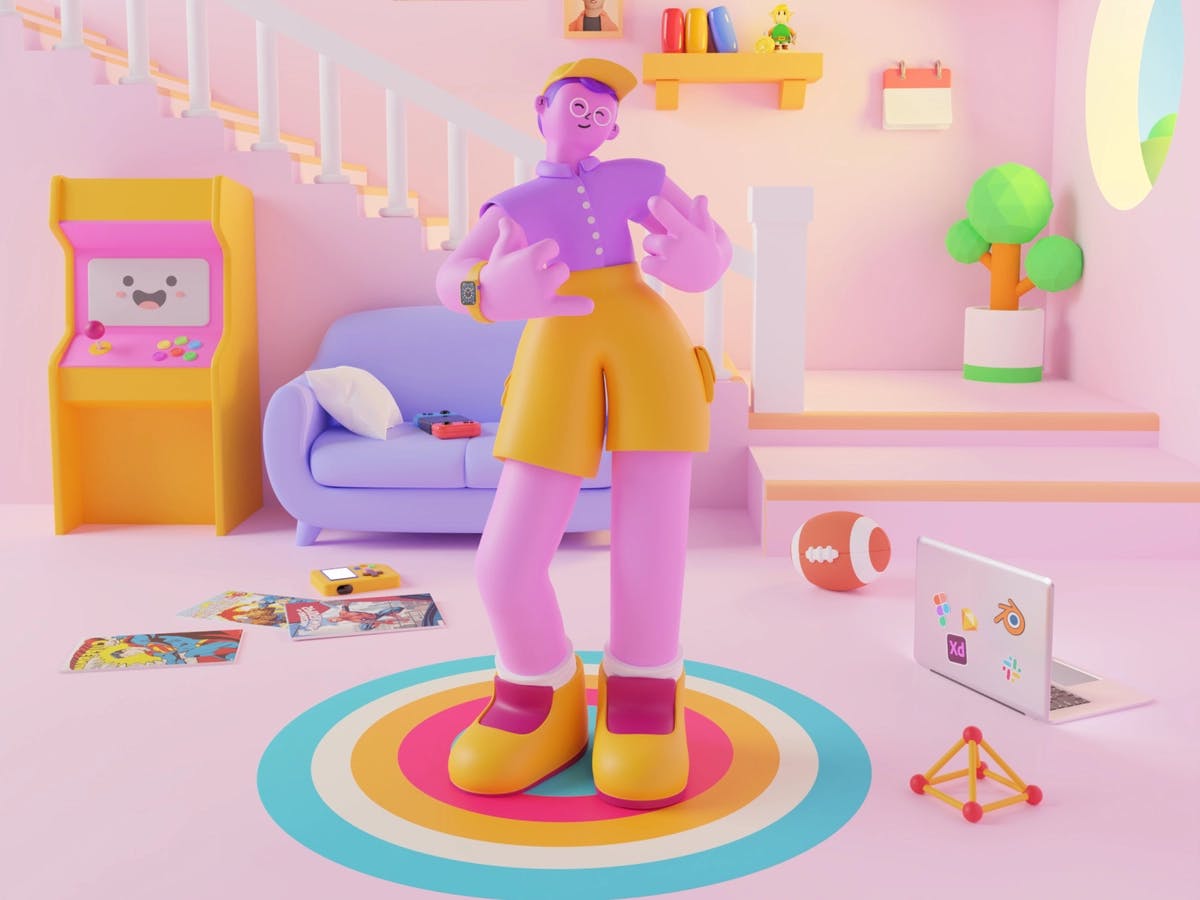
Organizing meetups, workshops, and conferences.
“Open source” is all about community. People who come together from all walks of life to contribute to the growth of this project. That's amazing if you ask me.
As a community builder, you can contribute by organizing meetups, workshops, lightning talks, and conferences. The gathering need not be big; it just needs to contribute to the growth and success of open source communities. It can be a webinar, a live teaching session, local or international. These meetups, regardless of what form they take, have a way of attracting new users, fostering collaboration, and allowing members to build long-lasting friendships.
At the end of the day, the community is the life force of any open source project. You can host your first session via Aviyel Event platform.
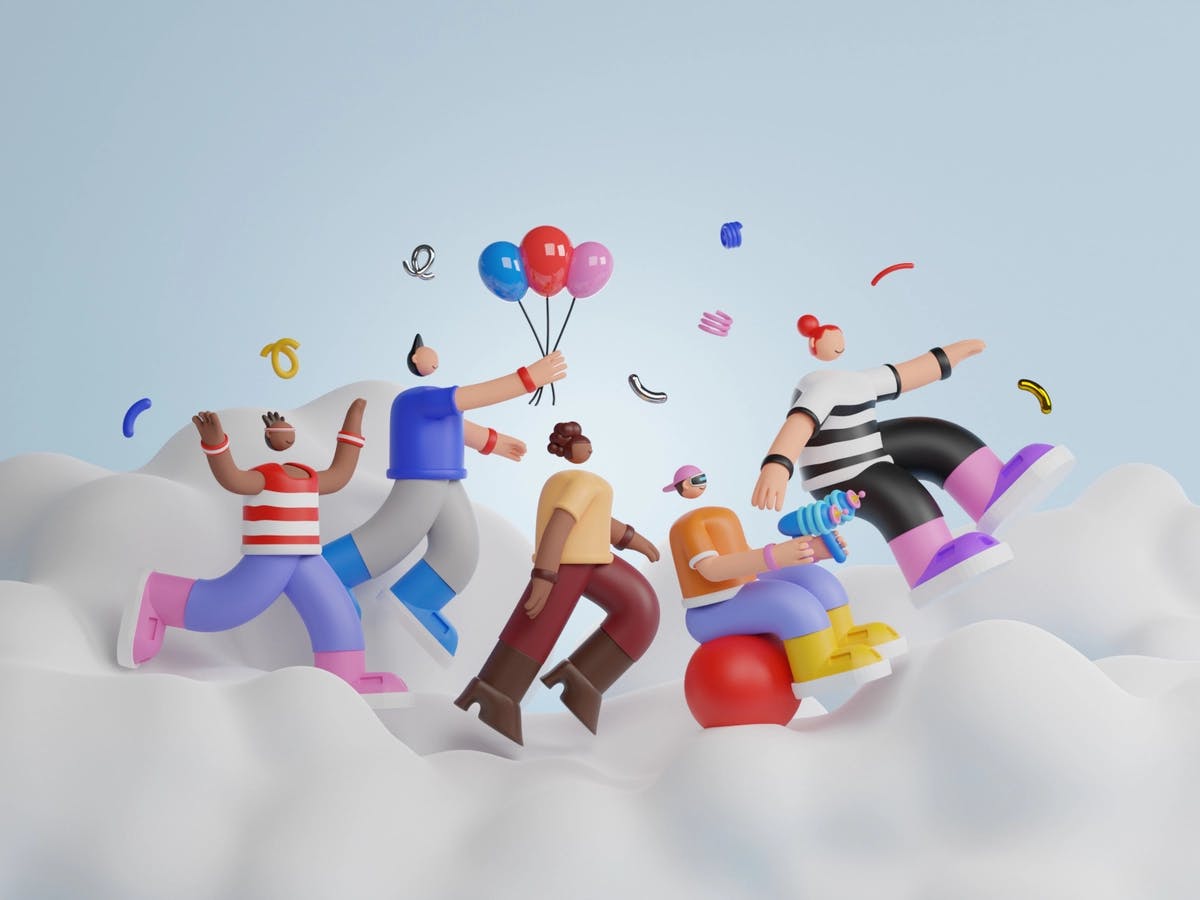
Design and UI
Robert L. Peters, a Canadian graphic designer, once said, “Design creates culture, culture shapes values, and values determine the future."
You can contribute by creating icons, improving the UI, or adding visually appealing elements to a project with your design skills. One of my favorites is SciPy Comics by Mars Lee, which teaches users how to write Alt Text for scientific diagrams and documentation.
Open Source Design (OSD) is a great place to start.
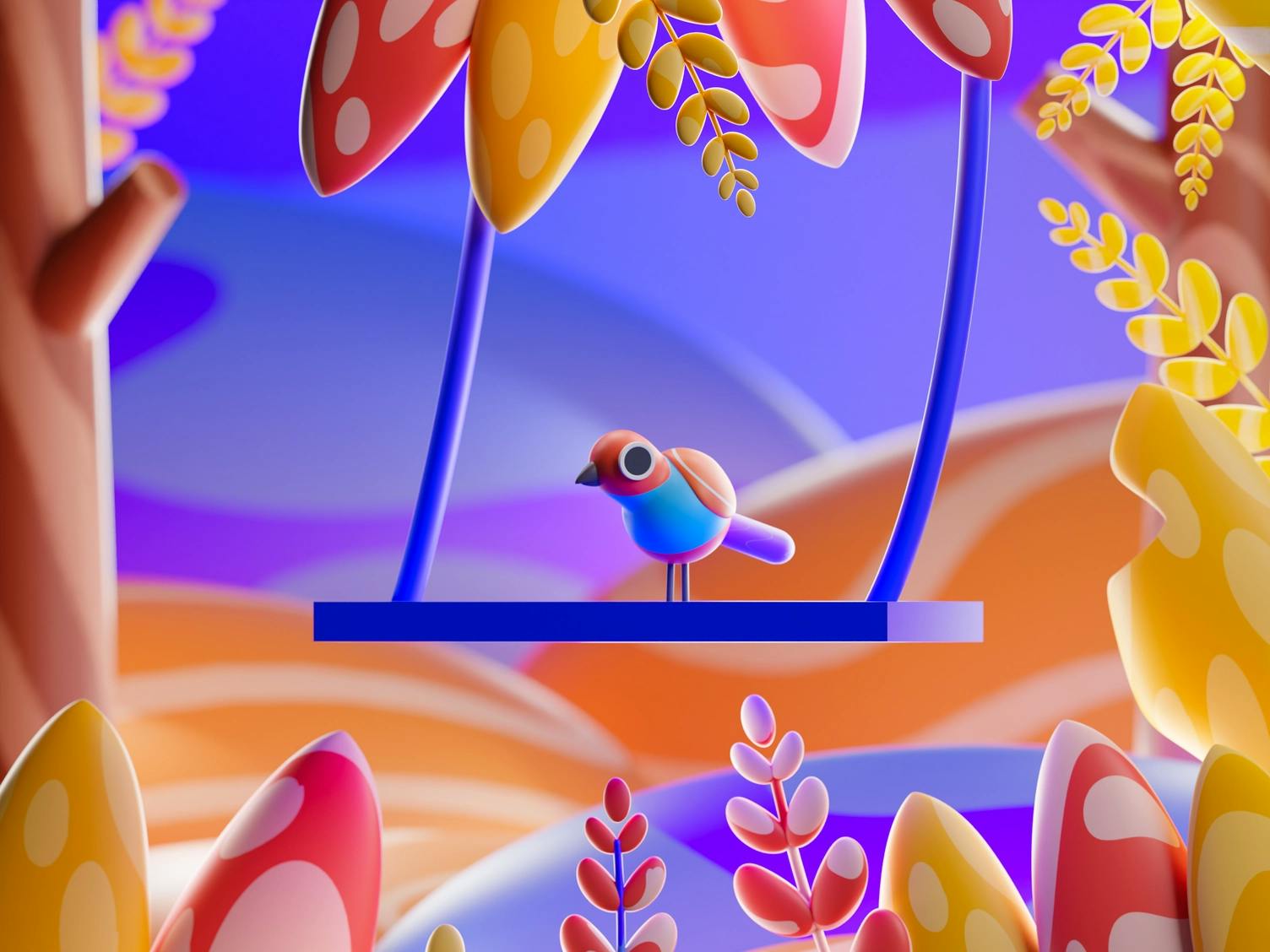
Adding to the knowledge base: documentation, videos, and technical writing
We have all been struck while working with a platform. What did we do next? We ran to the documentation, YouTube, or looked for a tutorial online. Writing about a project adds to the knowledge base and helps the users solve their problems. It is also one of the fastest ways to get community recognition.
Adding to the knowledge base cuts across:
- Creating videos about new or existing concepts about the project.
- Teaching others how to contribute or explaining exactly what your project does and how it works.
- Writing blog posts.
- Fixing up the documentation of a project. For example, this might involve fixing spelling errors(typos), adding links that are missing, or even suggesting some edits.
- Making onboarding easier.
One place you'll likely look first when trying to get a hand on Aviyel projects is its documentation and resources. So why not contribute to it?
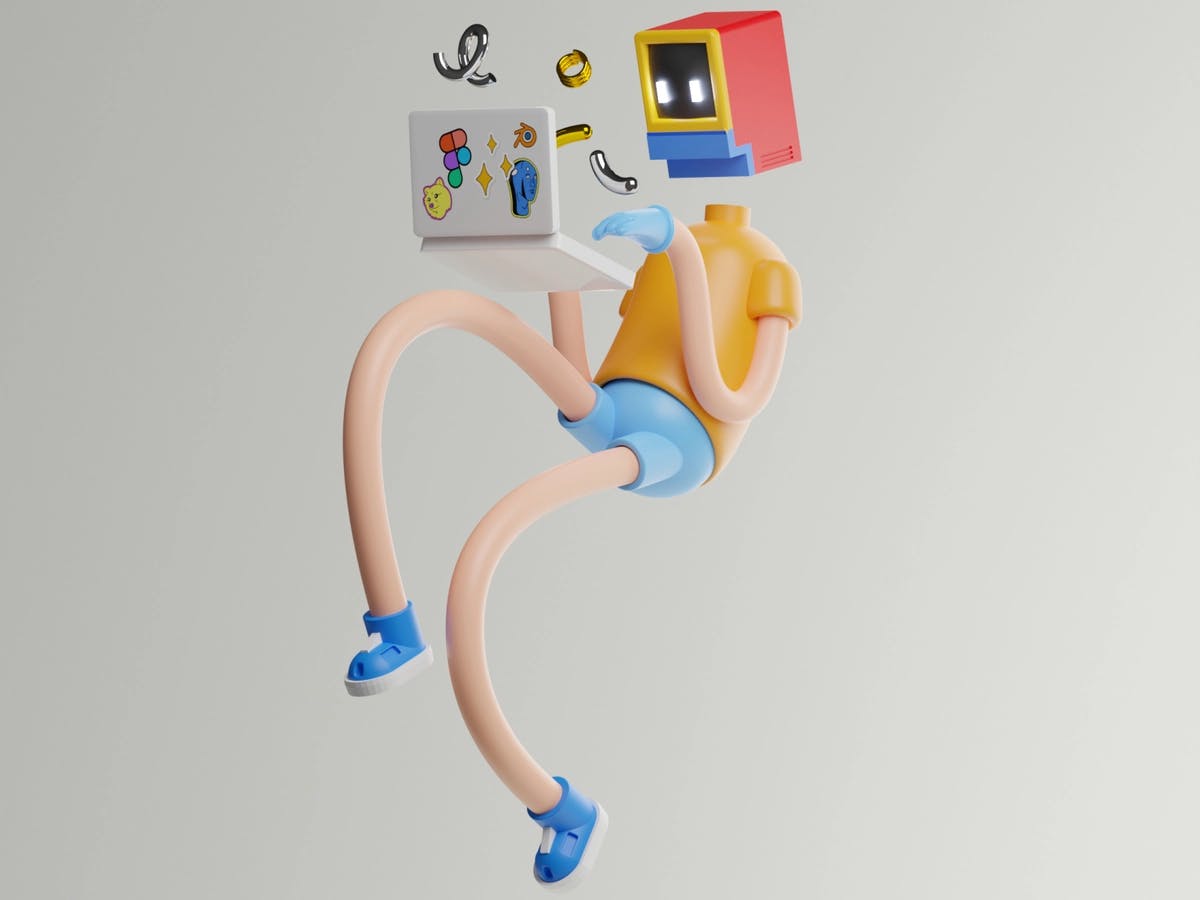
Translating the knowledge base
The community is a beautiful place, but it is also a diverse environment. We have over 7,100 languages today. However, about 23 languages account for more than half the world's population.
It becomes difficult to contribute to and use a platform when you can't even understand the language. Translation, also known as internationalization and localization, is a useful contribution that makes a project more accessible to a wider audience. You can start by translating the docs or the video tutorials. FreeCodeCamp recently started a localization project. This is a good place to start.
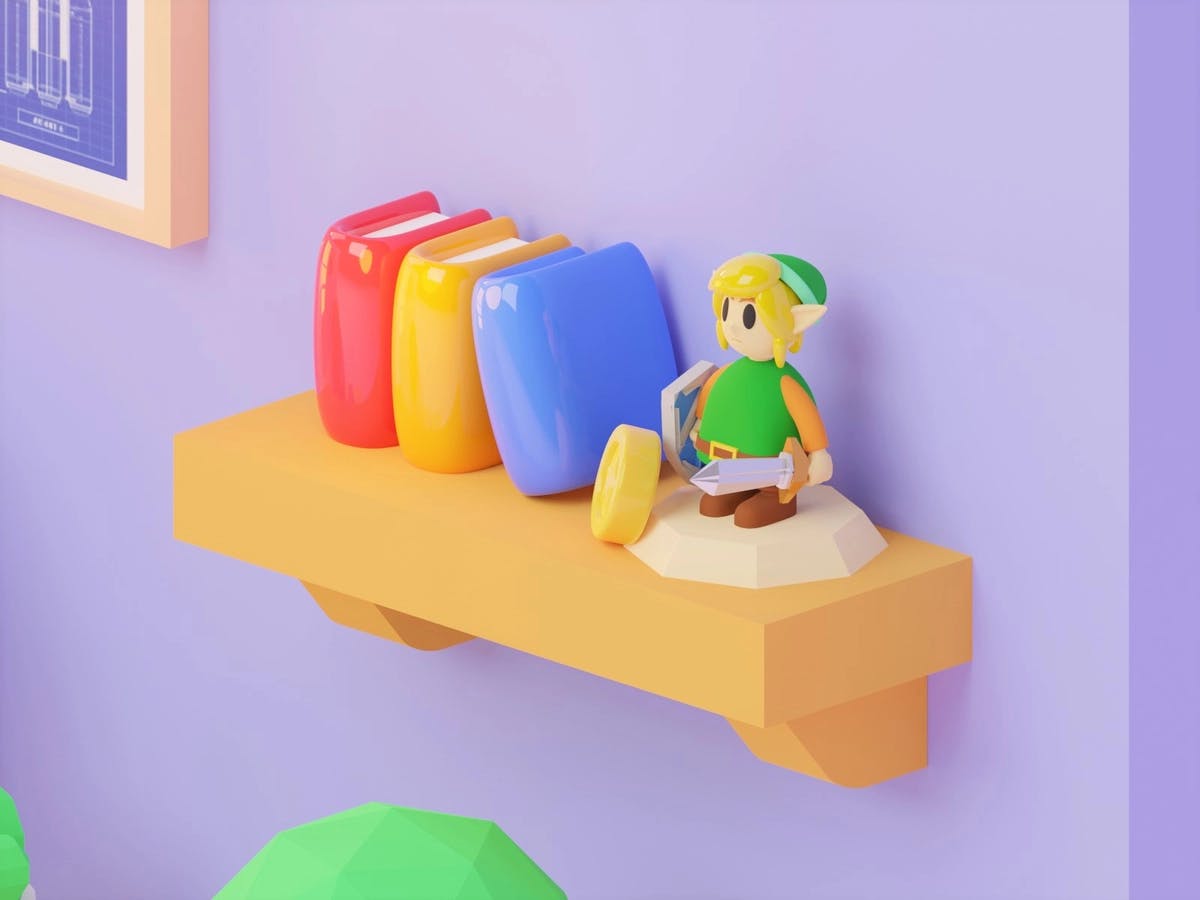
UX and report bugs
It also includes choosing the appropriate methods for the project's long-term sustainability, such as quality assurance, better documentation, and governance, and supporting the projects by seeking technical and infrastructure services.
To get on this path, you need to be proactive in reporting issues from bugs or UX design that could be better placed. Users participating in testing programs, insider programs, or frequent project users are also frequently responsible for this contribution.

Moderate discussion
Conversation must be encouraged, tension must be defused, and collaboration must occur for a welcoming community.
This is accomplished by directing conversational topics and monitoring adherence to the Code of Conduct. The project manager may not have the time, which is where you come in. Writing email lists, moderating message boards, and answering questions on websites like Microsoft Tech Community, Reddit, and Stack Overflow are all ways you can participate. And if you're having trouble, don't be ashamed to ask for help. I don't think there are any dumb or unimportant questions.

Improving accessibility
One of the many things that get neglected, if it is even considered at all, is accessibility. The misperception that accessibility doesn't help everyone is a major factor. Still, the reality is that meeting the demands of its various users makes the project more adaptable. I learned this at an alt-test workshop with Scientific Python. The Numpy newsletter also accepts accessibility pull requests like adding timestamps to existing YouTube videos.
Open source projects run on different devices and are used by different users. Additionally, it encompasses improving adaptability for individuals with various abilities, disabilities, and preferred workflows. Don't forget, the idea of open source is to make a project available and accessible to all. Thus, it is important to make accessibility a priority. This can be done by prioritizing user experience and improving accessibility by adding alt text to blog posts, creating timestamps, improving web accessibility, and building accessibility merge requests widgets.

Funding projects
Big organizations might have the necessary funding and resources, but most open source projects are developed by individuals in their spare time. Funding and monetary support can go a long way toward the project's success and drive its development.
Most projects have a donate, buy me coffee, GitHub Sponsor, or Open Collective button on their site. You can check it out and financially reward the maintainers and contributors of these projects.

Final Thoughts
We looked at some non-code ways you can contribute to open-source projects. Do you see anyone you would like to give a go? If yes, give it a go.
Aviyel projects are also a great place to start. Organize a meetup, promote your favorite project, write a blog, or heck, help with the documentation, start a workshop, and design a logo or some meme for the project. Share this blog with your friends and show them the beauty of open source that anyone can contribute to. There is always a place for everyone.
Do you know of any other way that would be useful? Please leave a comment.
You can connect with me on Twitter, LinkedIn, or GitHub.
Image by Alzea Arafat
